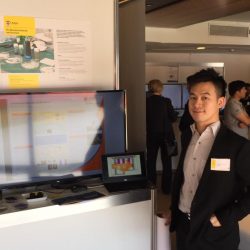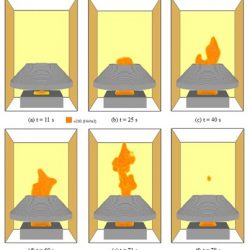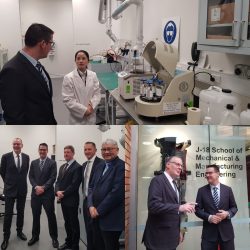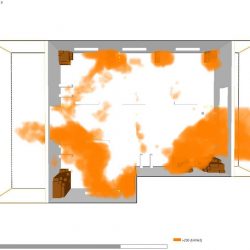Using New 2D Nano-sheet Materials to Enhance Fire Safety for Lithium-ion Batteries
MXenes are a newly discovered class of two dimensional transition metal carbides, nitrides and carbonnitrides. They are emerging materials for electrochemical storage and possible use in lithiumion batteries for applications such as cell phones and electric vehicles. However, their practical applications are currently limited by challenges with manufacturing, and fire and explosion safety.










